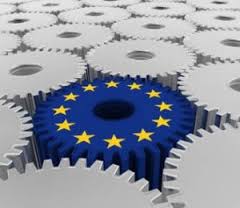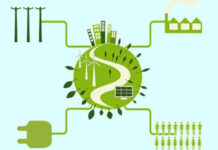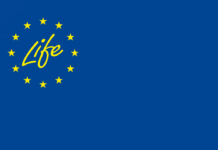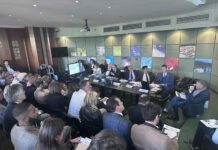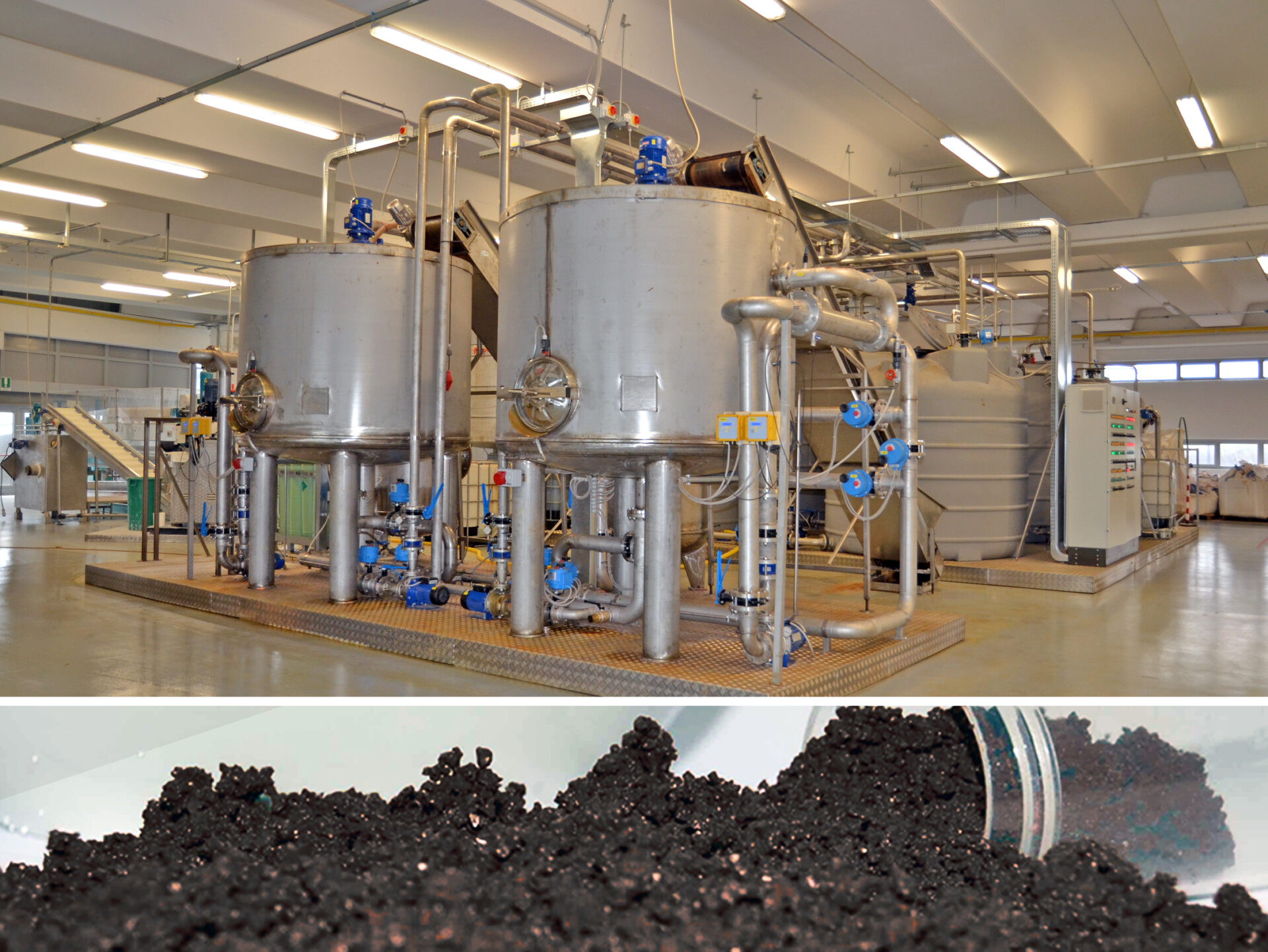
The company operates in different green segments, from the photovoltaic to mini hydroelectric ones. However, it has specialized in water treatment plants built and EU-financed within the CIP Eco-Innovation program, an innovative project precisely relating to filtration of arsenic from water. The project called Regenera has already been greatly recognized precisely by the European Commission. Out of all the financed projects completed this year, the EC selected it, along with other four companies, as success story presented at the Eco Innovation Day that this year took place in Barcelona.
We talk about that with Mr. Daniele Ragazzon, R&D Manager at Zilio Group.
Your company already holds important records in its portfolio that is two largest European arsenic removal plants and, as mentioned above, the presence at the 18th Eco Innovation Day. How the “Regenera” project was created and what are its features that make it so exceptional in the industrial landscape?
From the technical point of view, there are various technologies of arsenic removal from water such as ion-exchange raisins as well as physical and chemical treatments. All these technologies entail complex management and they are not able to manage the entirety of water within the plant. For instance, the inverted osmosis disposes of around 30% of the total water to be treated.
Besides the technologies mentioned above there is also the one of absorption. It is the most efficient technology on which we have focused. Basically, the process consists in water flowing through a cylindrical tank with a filtrating, usually granular, material. The material we produce is able to withhold (“absorb”) arsenic solved in water that flows through it. The filtrating material consists the most sensitive and expensive resource of the entire plant. It is a component that gets used up after filtrating water for a longer time. Then it needs to be disposed of at a landfill site. Considering the cost and the total contaminating load, we have decided to invest in research to produce a regenerable and more efficient material than those available in the market and This is what the “Regenera” project is about.
The financing related to the project, which will reach its third year soon, has allowed us to manufacture Andel Polary TH08, the trademark of our granular iron oxyhydroxide. The results of laboratory tests indicate that it is a more competitive material in terms of performance that those currently available in the market. What is more, we have work to render the process as sustainable as possible, analyzing a manner to regenerate the applied material. As a result what ends up in the landfill site is about 3% of the total material whereas the rest is re-used in the absorption process, although its life cycle is shorter (we recover between 60% and 80% of the material’s properties, depending upon the exhaustion degree reached before regeneration).
Have you applied the technology in practice?
In the framework of the European project two plants were built: one to produce new material and another to regenerate the exhausted iron oxyhydroxid from various filtration plants. The second plant has been operational since October 2013 and for the time being, it has allowed us to regenerate more than 200 tons of material. Half of it, that is around 100 tons, was reinstalled in 6 different plants and they have successfully filtrated water for months.
Do you envisage possibilities of industrial development abroad?
Arsenic is a matter of global importance. It affects several parts of Italy, such as the province of Varese, some areas of Trentino, Grosseto and broad areas of Lazio. In Europe, the areas exposed to risk are in England, Germany and Austria. Currently, the issue is arising also in Hungary, Romania and Serbia, which is basically in the in the Danube River Basin.
In turn considerable quantities of arsenic outside Europe have been determined in Bangladesh, India, and especially some areas of China, the United States of America, Argentina and Chile. We believe that “Regenera” is a highly competitive project in terms of technological innovation, cost containment and environmental impact that makes it exportation competitive.
What is more, our product efficiently removes arsenic as well as other pollutants. We are able to remove other contaminants such as vanadium, selenium, antimony and phosphates. All elements that are detected also in industrial sewage. Therefore the possibilities of use are various as it can be applied not only to drinking water, but also industrial water treatment.
Per ricevere quotidianamente i nostri aggiornamenti su energia e transizione ecologica, basta iscriversi alla nostra newsletter gratuita
e riproduzione totale o parziale in qualunque formato degli articoli presenti sul sito.




